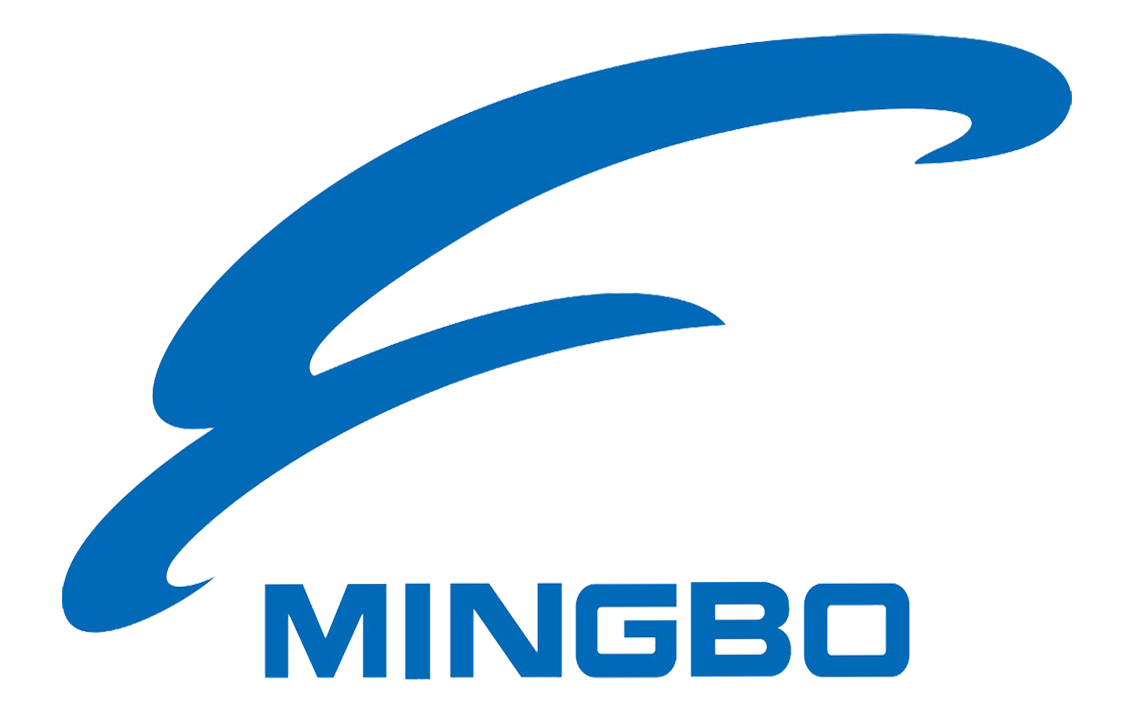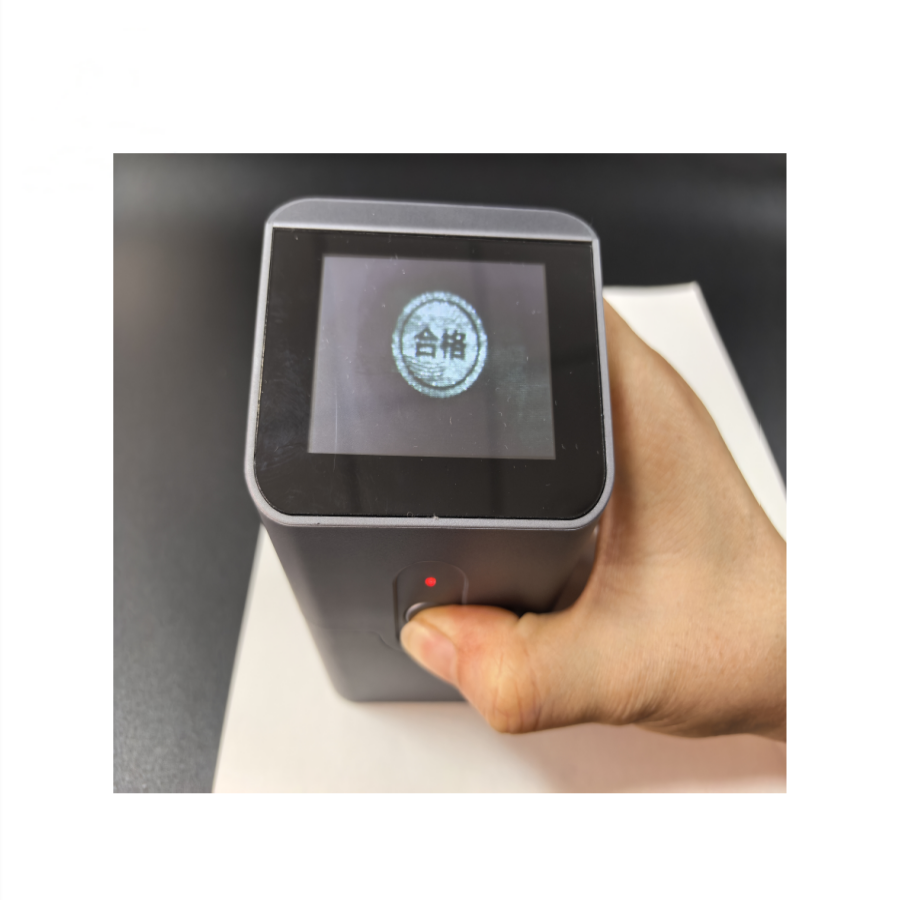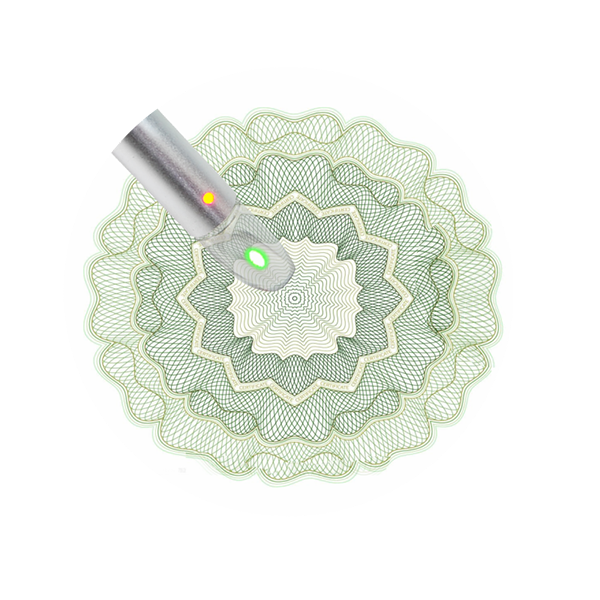In today’s rapidly evolving technological landscape, the usage of security ink has become increasingly important for combating counterfeiting. Despite significant progress in developing advanced anti-counterfeiting ink formulations, users often underutilize their applications. This gap can result in packaging failing to achieve the desired anti-counterfeiting effect. Effectively applying security ink requires deeper exploration to maximize its potential.
The Current Usage of Security Ink in Packaging
Security ink is currently most commonly used in printed trademarks. This form of usage is widely recognized. Printing companies typically create these trademarks and hand them over to packaging manufacturers, who apply them to packaging containers. While this process is convenient, it comes with several significant drawbacks.
One major issue is the lack of transparency for businesses regarding the ink formula. Companies relying on third-party suppliers often do not know the specific composition or anti-counterfeiting mechanisms of the ink used in their products. 結果として, they lose control over their product’s anti-counterfeiting strategy, making it easier for counterfeiters to replicate both the trademark and the ink formula.
Why This Approach Needs Improvement
Companies unintentionally create vulnerabilities in their packaging security by outsourcing anti-counterfeiting ink production. Criminals who gain access to the trademark and its ink formula can easily duplicate the anti-counterfeiting measures, rendering them ineffective. したがって, a more integrated approach to using security ink in packaging is necessary to combat counterfeiting.
Optimizing the Usage of Security Ink
To make anti-counterfeiting efforts more effective, businesses should explore direct partnerships with ink manufacturers. This ensures that they have a deeper understanding of the ink’s anti-counterfeiting features and greater control over its application. さらに, innovative applications of security ink should go beyond simple trademarks.
It prints invisible codes, dynamic QR patterns, or color-shifting graphics directly onto product packaging. These advanced applications make counterfeiting significantly more challenging and enhance the overall security of the product.
The Way Forward
As anti-counterfeiting methods continue to evolve, the usage of security ink must also adapt to meet new challenges. Businesses need to recognize that investing in customized anti-counterfeiting solutions, such as direct printing on packaging, can reduce the risks of imitation. さらに, by staying informed about the latest advancements in security ink technology, companies can strengthen their packaging and protect their brand integrity.
Mingbo specializes in developing cutting-edge security ink solutions tailored to meet your business needs. With our expertise, your products can achieve superior anti-counterfeiting protection, ensuring your brand remains secure in today’s competitive market.



